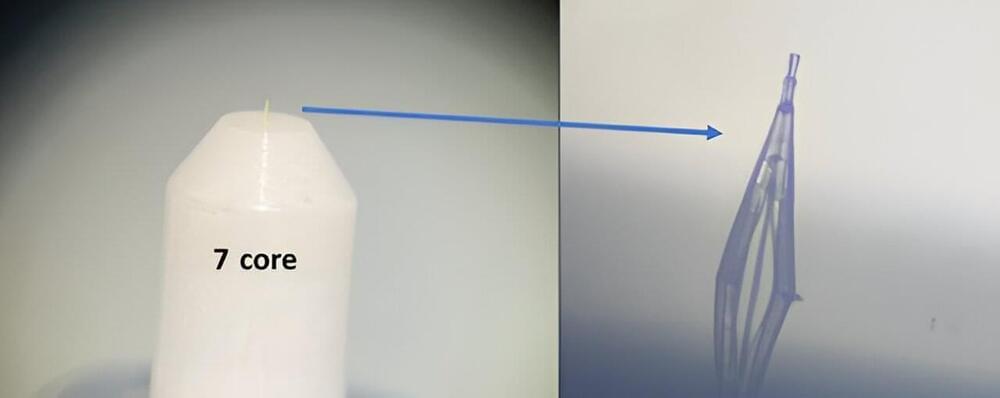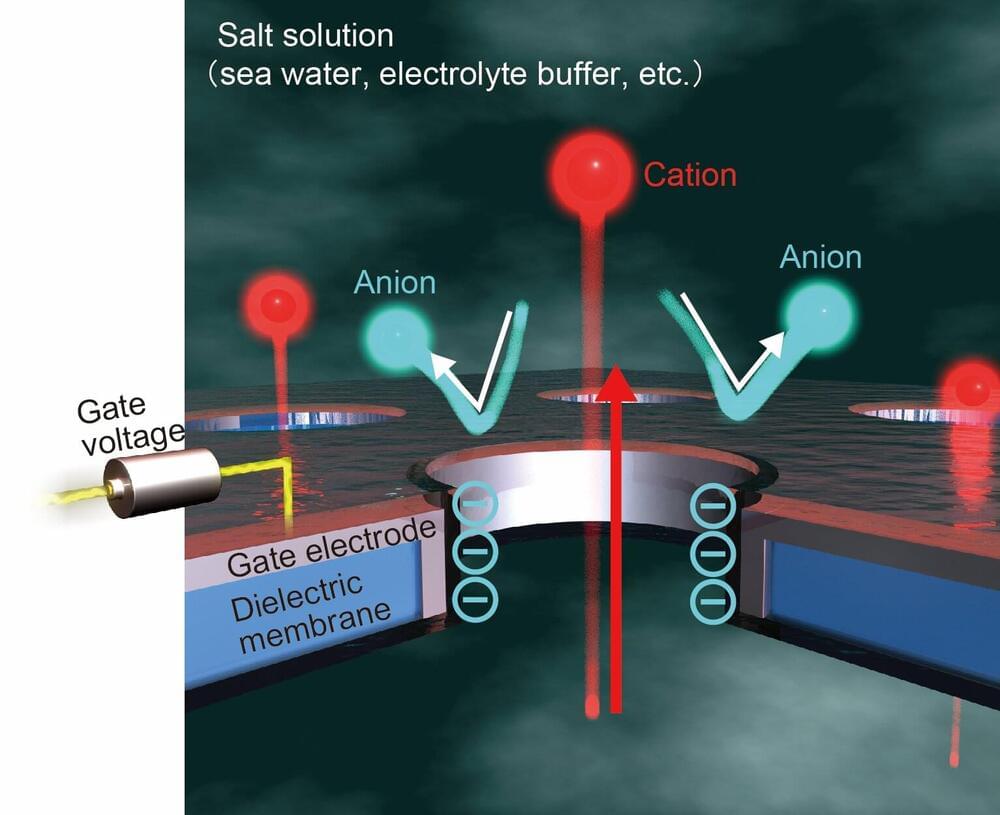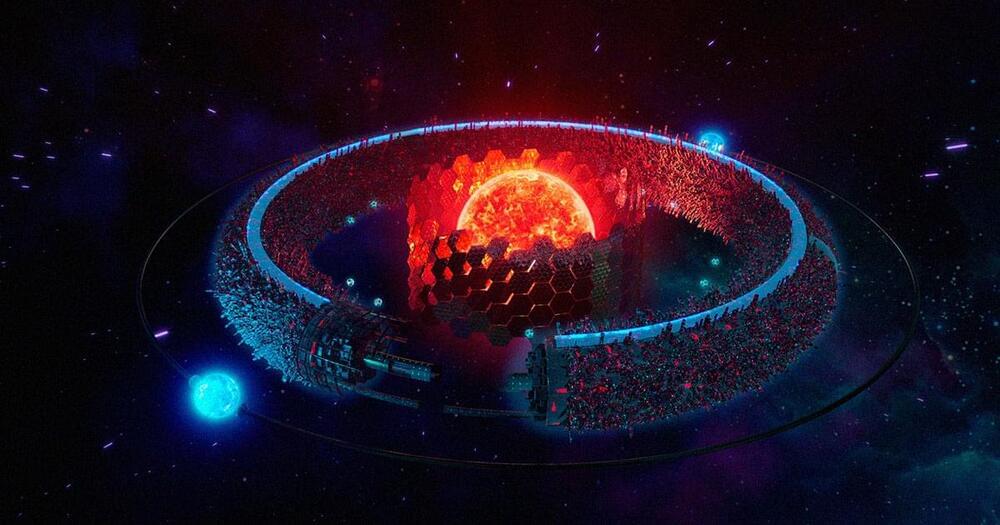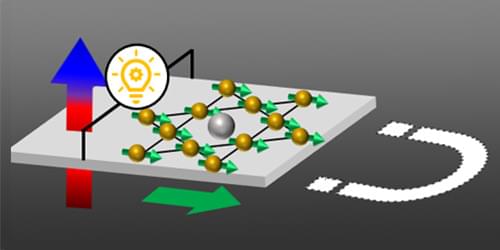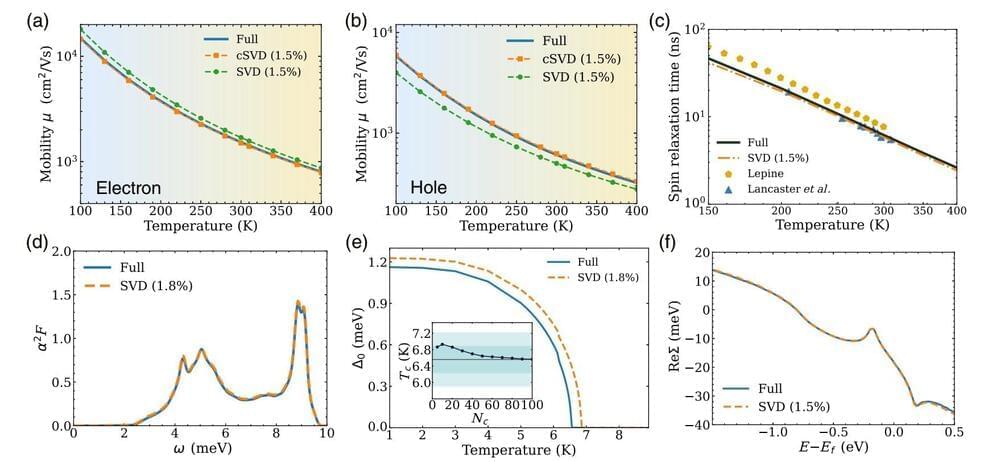A previously undocumented cyber espionage-focused threat actor named LilacSquid has been linked to targeted attacks spanning various sectors in the United States (U.S.), Europe, and Asia as part of a data theft campaign since at least 2021.
“The campaign is geared toward establishing long-term access to compromised victim organizations to enable LilacSquid to siphon data of interest to attacker-controlled servers,” Cisco Talos researcher Asheer Malhotra said in a new technical report published today.
Targets include information technology organizations building software for the research and industrial sectors in the U.S, energy companies in Europe, and the pharmaceutical sector in Asia, indicating a broad victimology footprint.
